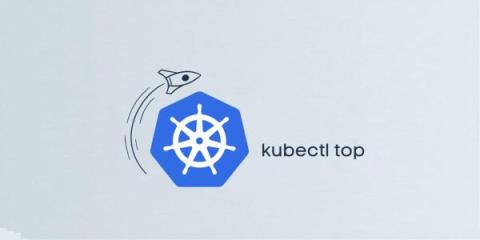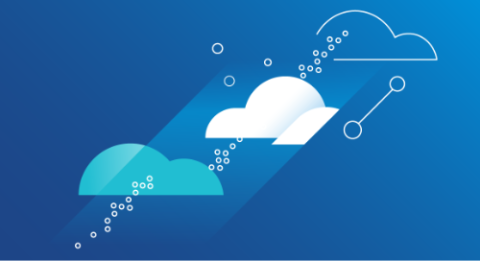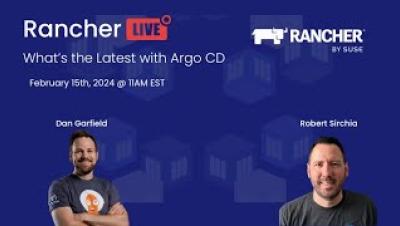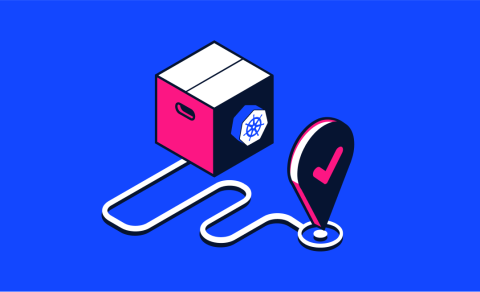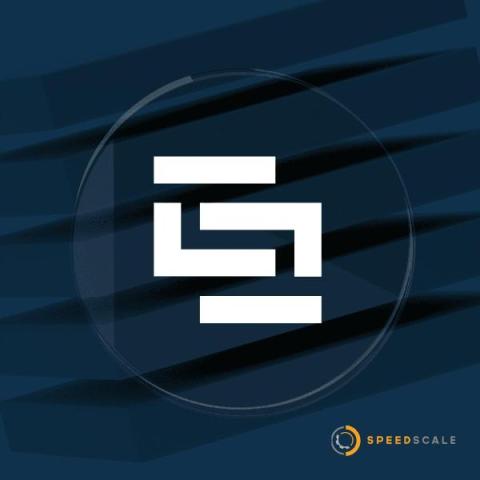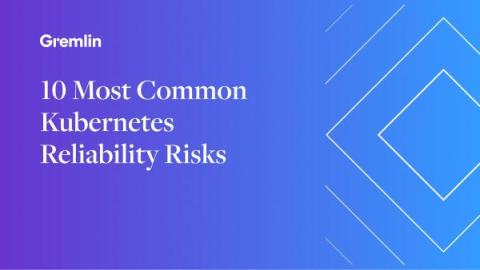Getting Resource Metrics in Kubernetes: A Comprehensive Guide to kubectl top
In Kubernetes management, the ability to efficiently monitor resource utilization is very important for cluster owners. Have you ever heard about the kubectl top command and wondered how it could revolutionize your Kubernetes management experience? If so, you're in the right place. The kubectl top command – a powerful tool that offers snapshots of resource metrics for pods and nodes within a Kubernetes cluster.


